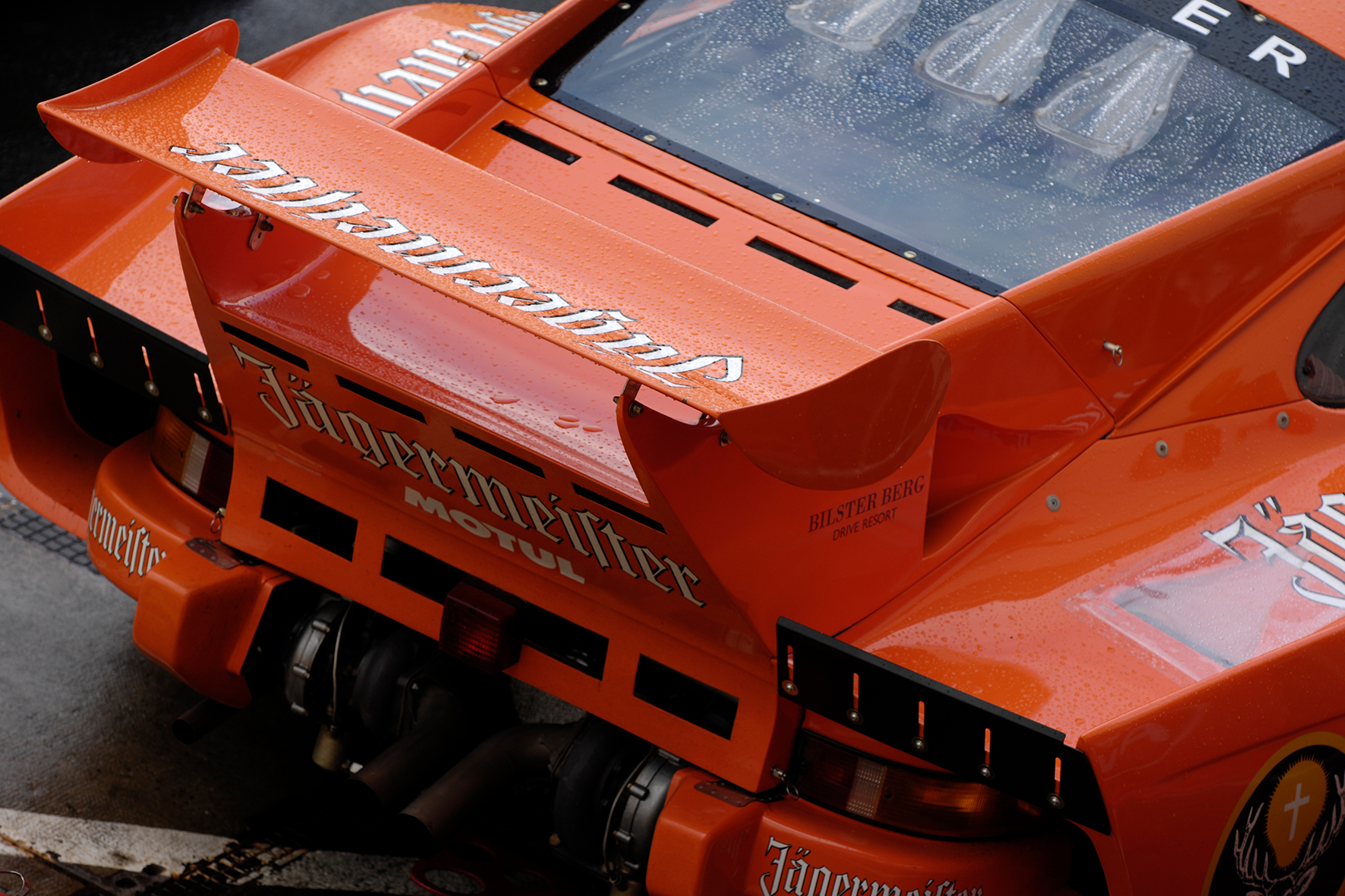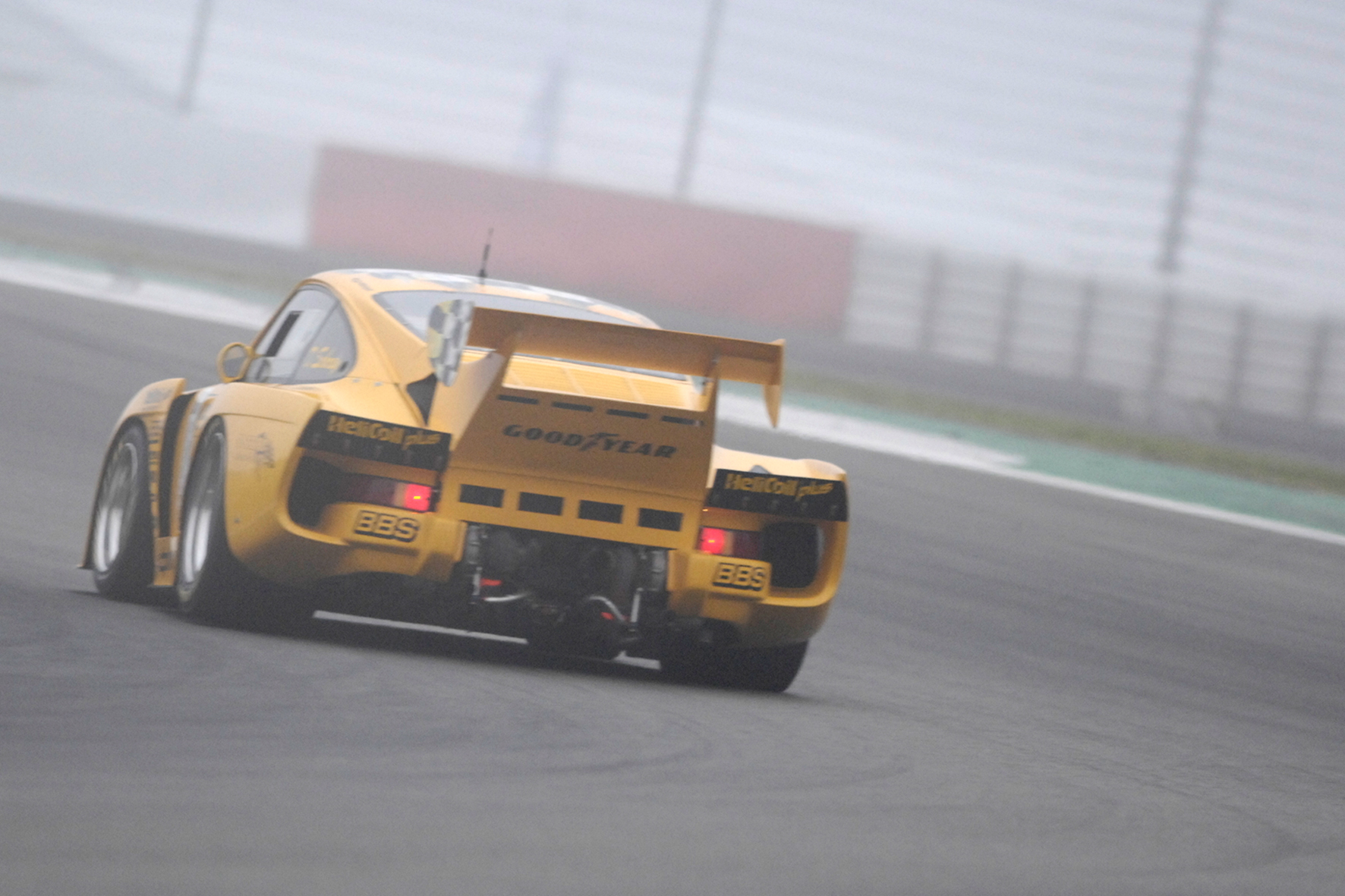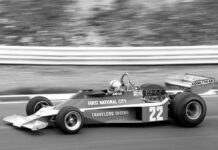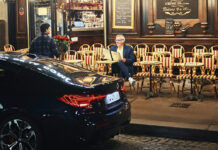After the FIA passed new regulations for the 1976 season, the Porsche factory reacted by developing the 935. The Porsche 935 was built from 1976 to 1981 on the basis of the 930 as a racing car for Group 5.
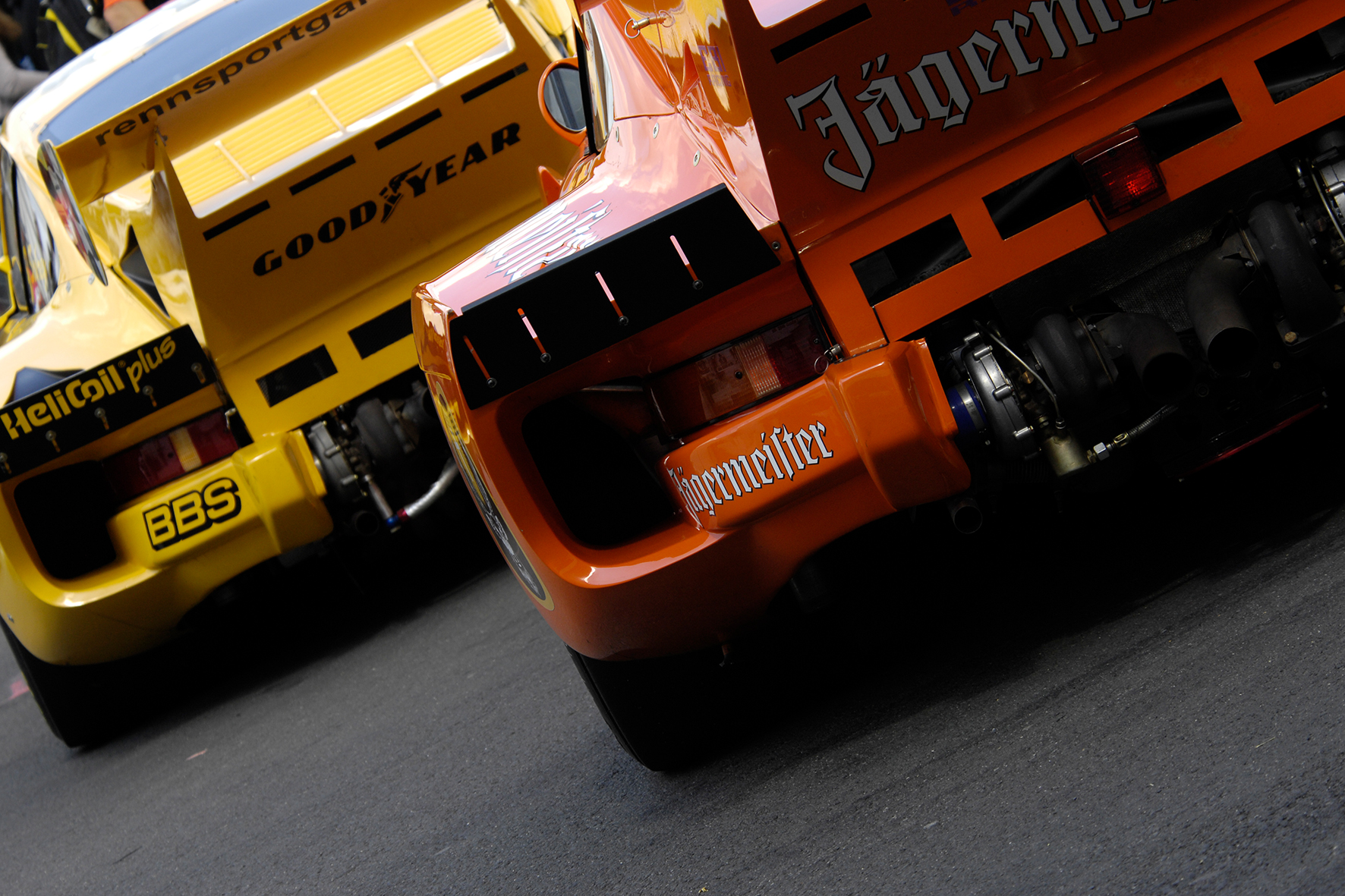
The Best Interpretation Of The Group 5 Regulations?
The Porsche racing department used the car very successfully from 1976 to 1979 in the manufacturers’ world championship and won it four times in a row. From 1977 to 1982, private teams also used the 935 in races for the brand world championship and in Division 1 of the German Racing Championship (DRM). In addition, Porsche also used the 935 in the North American IMSA GT series. There they won the championship in the GTX and GTP classes from 1978 to 1982.

Of the private teams, Kremer Racing should of course be mentioned first. They continued to develop the 935 in all areas such as engine performance, aerodynamics and chassis. These further developments have become known under the name Porsche 935 K3 and were also extremely successful. A Kremer 935 K3 won the 24 Hours of Le Mans in 1979 with Klaus Ludwig and the Whittington brothers.

The thoroughbred racing car had a very aggressive design , a brutal appearance it was extremely fast. Beautiful ? Certainly not in the classic sense, but it is extremely unique. The top priority in the development of the 935 was lightweight construction. In the end, the finished racing car only had a weight of 880 kg and had to take on additional ballast in order to reach the required minimum weight of 970 kg. Of course, this ballast could be strategically distributed very well, which promised better handling and an almost perfect weight distribution of 47% on the front axle and 53% on the rear axle.

The basic idea behind the regulations for Group 5 racing cars was to have cars on the racetrack that were as close to series production as possible. Living the famous motto “Race on Sunday, sell on Monday”
The original silhouette of the vehicle had to be retained in any case, only the doors, hoods and fenders were adjusted in design and material. On some Porsche 935s you can see the original rear of the 911 under the extremely wide fenders. The doors and both hoods were made of glass fiber reinforced plastic, GRP. In the first version of the 935, it still had the upright headlights in the front fenders. In order to generate more downforce, however, the front hood was designed as a completely flat surface, which led to discussions during the first few uses, but was finally declared compliant by the FIA.
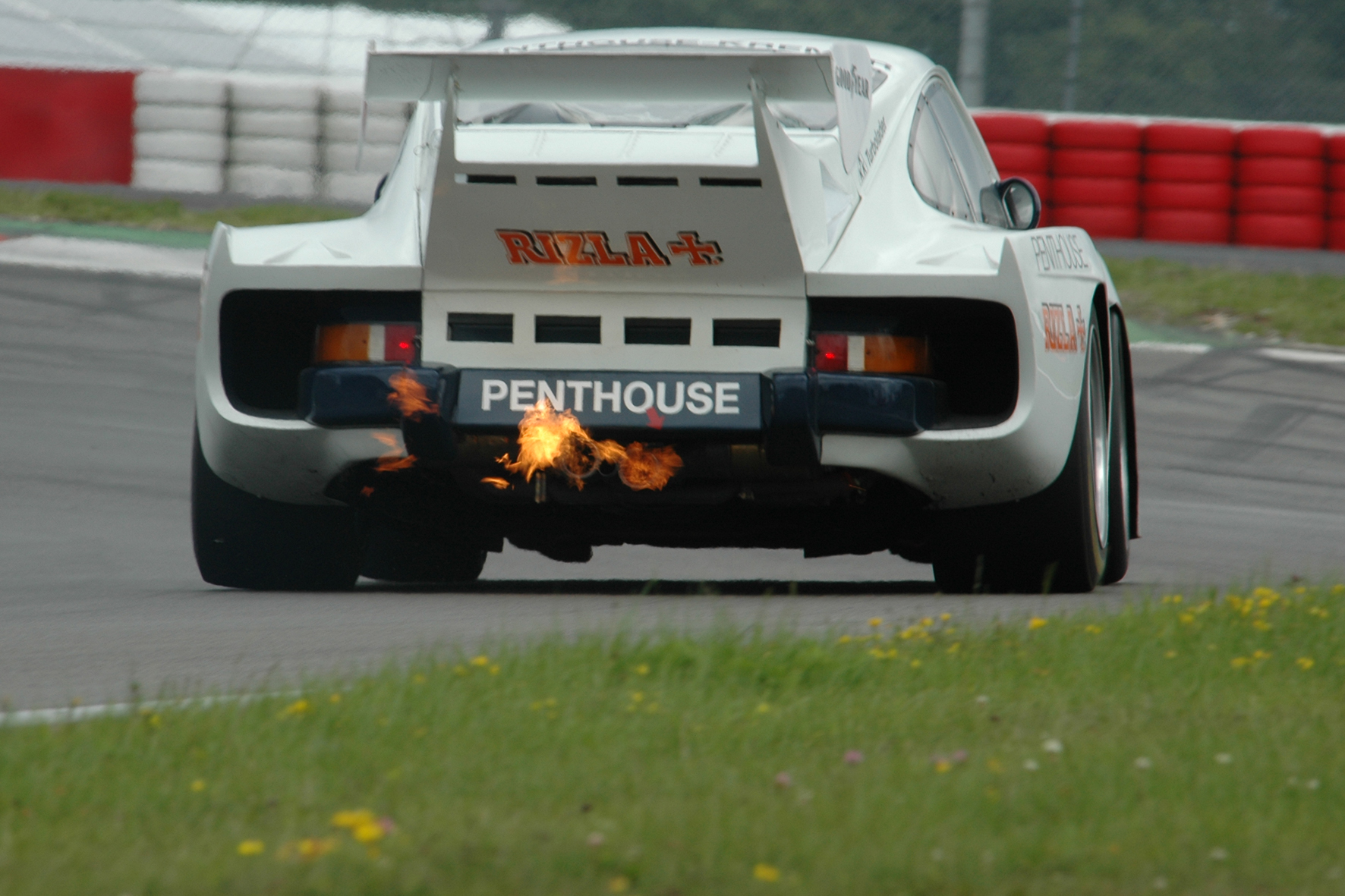
The engine for the 935 was based on the Porsche 930 with its modifications for the Porsche 911 Carrera RSR. It was a 3 liter 6 cylinder boxer engine. In order to stay below the displacement limit of four liters and thus in the weight class with 970 kg, this had to be reduced to 2857 cc. Due to the turbo factor of 1.4, the engine had a displacement of 3998 cc.
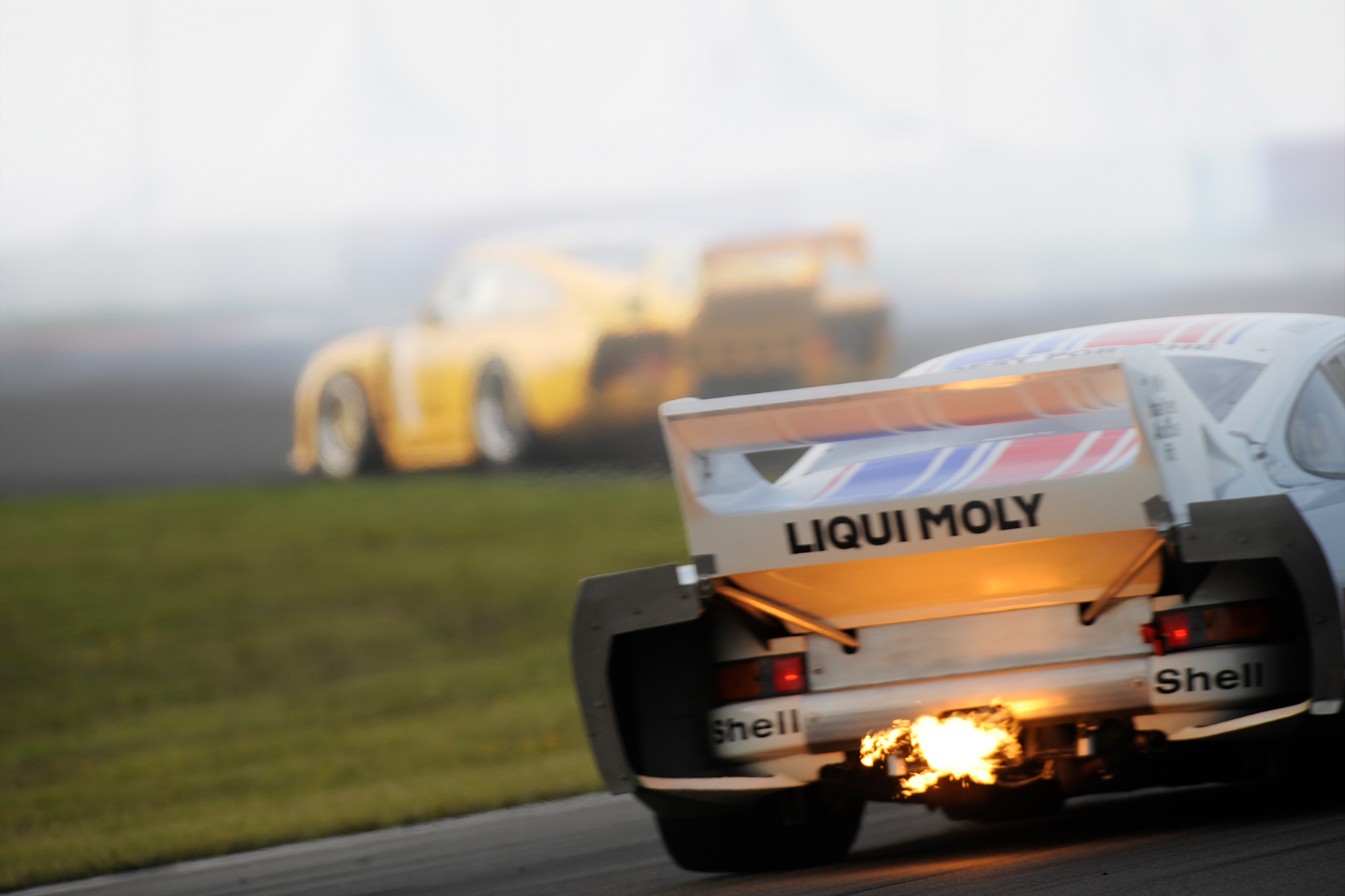
The best drivers of the time celebrated great successes with the Porsche 935, with Rolf Stommelen winning the DRM championship in 1977 and Klaus Ludwig in 1979.

The white 935 with the Apple livery shown here, should be chassis #010. This car was rebuilt with a tubular frame after a serious accident in 1983. The Porsche 935 K3 #010 is now owned by Chrome Cars and has been repainted in its original Interscope Racing Team colors after extensive restoration. The Apple paintwork you see here in the pictures was never used for this 935 K3, even if in my opinion it is the most beautiful and with the rainbow colors it would somehow be contemporary again. Find out more about our photographer Ralph Lüker.
PORSCHE 935: TECHNICAL SPECIFICATION
MODEL Typ 935 / 935 K3
TYPE Race car Coupé under Group 5 regulations
YEAR OF PRODUCTION 1976 – 1981
ENGINE rear-mounted 6-cylinder bi-turbo flat boxer engine
BORE AND STROKE 92,0 mm x 70,4 mm
CUBIC CAPACITY TOTAL 2857 cc
VALVE TRAIN OHC, 2 Valve per cylinder
ENGINE ASPIRATION Naturally aspirated engine
TRANSMISSION 4-speed + 1 reverse manual
DRIVE WHEEL Rear wheel drive
HORSEPOWER 590 bhp at 7900 rpm
TORQUE 588 Nm at 5400 rpm
CHASSIS steel tubular frame
BRAKES discs all around
SUSPENSION FRONT independent, double wishbones, coil springs
SUSPENSION REAR independent, double wishbones, coil springs
LENGHT 4680 mm
WIDTH 1970 mm
HEIGHT 1265 mm
WHEELBASE 2271 mm
TRACK FRONT / REAR 1502 mm / 1558 mm
WEIGHT WITHOUT FUEL 970 kg
TIRES FRONT / REAR 275/600 11J x 16 / 350/700 14,5J x 19
MAXIMUM SPEED 340 km/h

